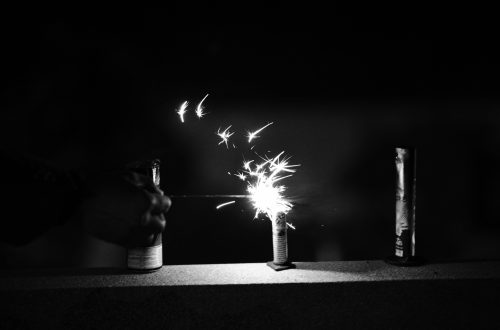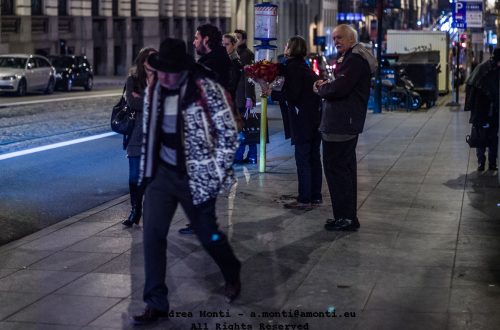
A creative approach to zone focusing with superfast manual lenses and mirrorless cameras in street photography
Manual lenses on mirrorless cameras are often a match made in heaven: (once) cheap, high-quality lenses can finally be brought back from the grave and used on modern cameras. However, as with any marriage, there are some rough edges that are difficult to smooth out. In the case of manual lenses, the main problem is the lack of autofocus, which limits the street photographer’s options. Zone focusing is the usual way to overcome this limitation, but this solution has an inherent problem: to get a decent depth of field, you need to shoot at least at F8 or even F11. This means that, in street-photography, it is not possible to use wider apertures, enjoy a better bokeh and a sharp enough picture, especially with super-fast lenses like the one used in this test, the full-manual 7 Artisan 35/0.95 X-Mount, isnt’it? Well, not very.
Indeed, the combination of zone focusing with in-body stabilisation, burst mode, electronic shutter and an ISO setting allowing at least a 1/800 shutter speed on a mirrorless camera makes it possible to take decently focused – if not razor-sharp – pictures. The idea is to walk towards the subject (and/or have the subject walk towards the photographer) while pressing the shutter button. Most of the pictures will be blurry or out of focus, but at least one will be good enough, even at the 0.95 aperture. I have tested this approach in a few cases and the results are more than acceptable, but to be as objective as possible, I have done a replicable experiment shooting a fixed target.
The featured photo of this post is the test shot. It was taken at 0.95, standing still, and properly focused manually, while the next six were taken walking towards the barrel.


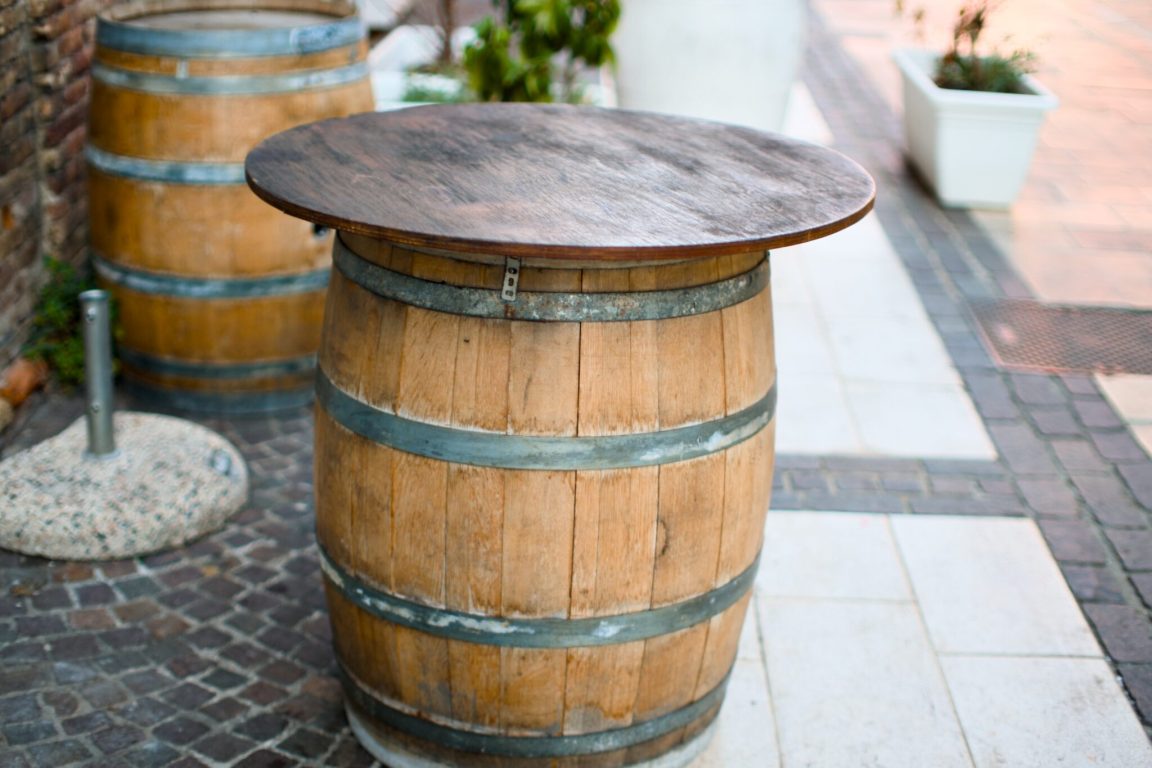

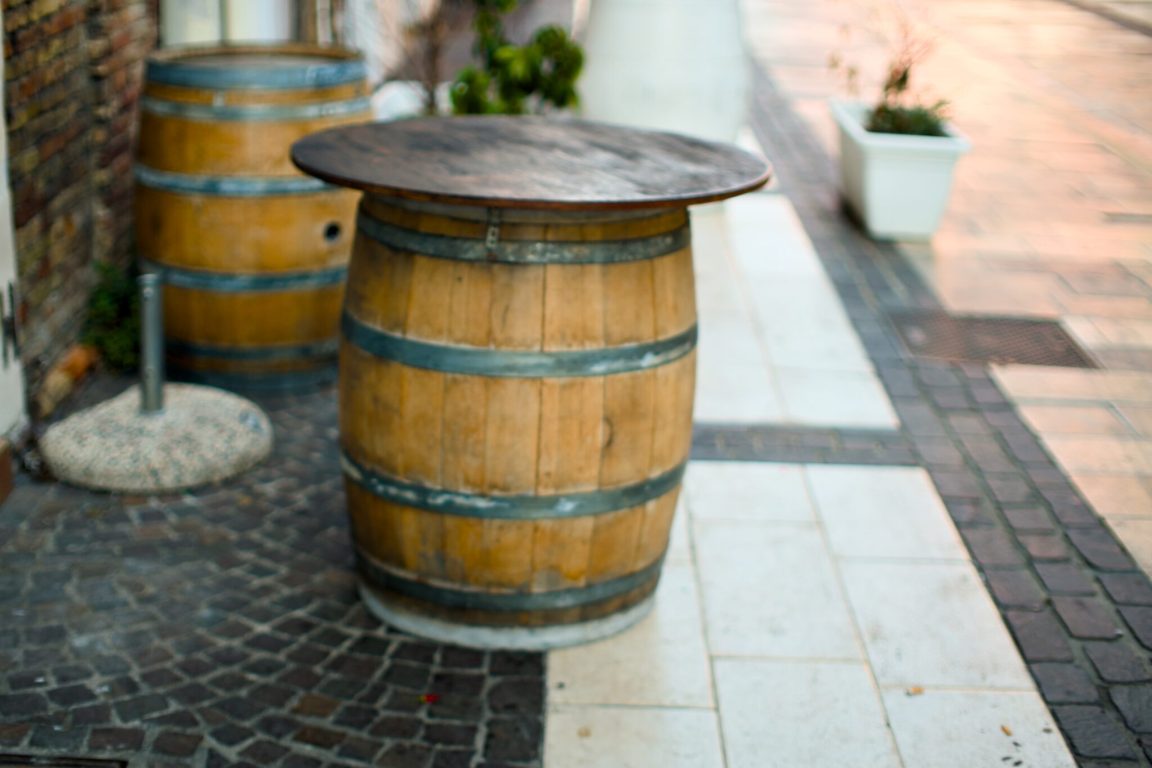

Comparing the last shot of the burst with the test shot shows that there is no significant difference in overall quality. Even if the angle of view is different, because the test shot was taken kneeling and the walking shot was taken standing, it is still possible to get an idea of the results that can be achieved.
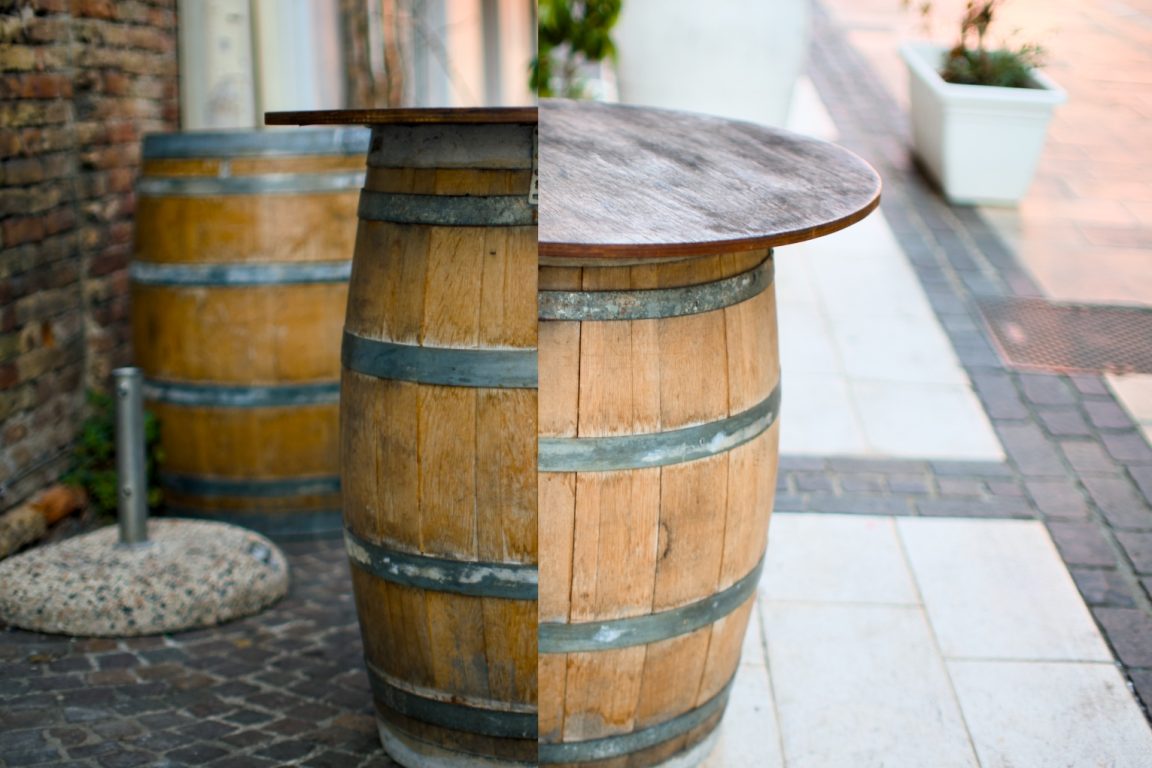
As much as this technique allows you to take advantage of lens features that would otherwise be impossible, there are a few caveats to consider. Firstly, the use of a wide aperture requires a better judgement of distance than traditional zone focusing. Burst shooting helps, but with a very shallow depth of field, the right focus can be missed in a fraction of a second. Secondly, it is essential that the camera has in-body stabilisation. Finally, it is necessary to have a large capacity storage device because bursts generate a huge amount of files. As a result, you have to decide whether to shoot in jpg only to save space at the expense of image quality and post-processing options.


